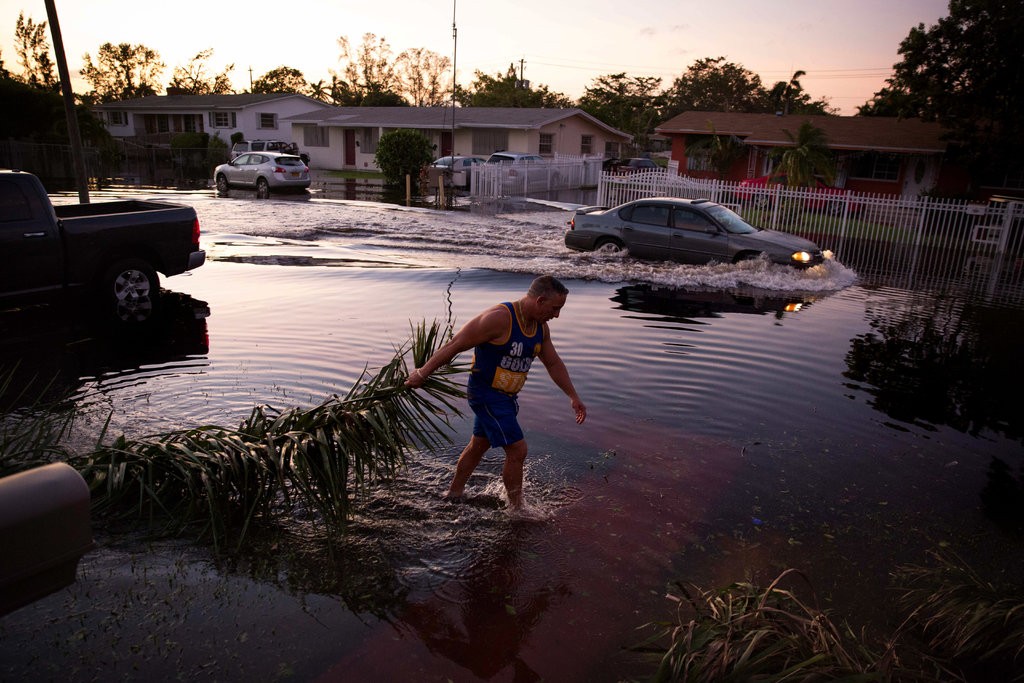Norimitsu Onishi, writing in the Times, November 3, Japan Revives a Sea Barrier That Failed to Hold
KAMAISHI, Japan — After three decades and nearly $1.6 billion, work on Kamaishi’s great tsunami breakwater was completed three years ago. A mile long, 207 feet deep and jutting nearly 20 feet above the water, the quake-resistant structure made it into the Guinness World Records last year and rekindled fading hopes of revival in this rusting former steel town.
But when a giant tsunami hit Japan’s northeast on March 11, the breakwater largely crumpled under the first 30-foot-high wave, leaving Kamaishi defenseless. Waves deflected from the breakwater are also strongly suspected of having contributed to the 60-foot waves that engulfed communities north of it.
Its performance that day, coupled with its past failure to spur the growth of new businesses, suggested that the breakwater would be written off as yet another of the white elephant construction projects littering rural Japan. But Tokyo quickly and quietly decided to rebuild it as part of the reconstruction of the tsunami-ravaged zone, at a cost of at least $650 million.
Wikipedia’s entry “Seawall” is an excellent primer on this type of flood defense.
A seawall works by reflecting incident wave energy back into the sea, therefore reducing the energy and erosion which the coastline would otherwise be subjected to.In addition to their unsightly visual appearance, two specific weaknesses of seawalls exist. Firstly, wave reflection induced by the wall may result in scour and subsequent lowering of the sand level of the fronting beach Secondly, seawalls may accelerate ero . There are three main types of seawalls: vertical; curved or stepped; and mounds.





